This week is Undergraduate Research Week, a celebration of student excellence in research across campus. The signature event is the eighth annual campus-wide Undergraduate Research Symposium (URS), held on Thursday, April 23rd.
We are pleased to highlight some of the great research our undergraduates are doing in IB! The following IB students are presenting at this year’s Symposium:
Behavioral Freeze Avoidance Strategy in an Antarctic Fish
Mateusz Grobelny, Senior
Efficacy of Common Disinfectants Against Ophidiomyces Ophiodiicola, the Causative Agent of Snake Fungal Disease
Marta Rzadkowska, Senior
RNAi Knockdown: The Role of unc-25 in Mediating Nicotine Resistance in Caenorhabditis elegans
Andrew Tran, Sophomore
Emily Yaniz, Sophomore
Stephanie Martynenko, Sophomore
Community Inference
Zachary Cohen, Sophomore
Modeling Threat Assessment in Prey
Nicholas Sutton, Senior
Molecular Evolution for the Chemoreceptor Gene Families in the Common Eastern Bumblebee, Bombus impatiens
Yihui Zhu, Senior
DNA Fragment Length Heterozygosity PCR: Lab-on-a-Chip Method for Testing Bias in Prairie Root Metagenomics
Taylor Pederson, Senior
Electrophysiological and Mass-Spectrometric Investigation of Aplysia L1-L7 Neurons
Feng Zhu, Senior
Elucidation of Dopamine’s Influence in Peripheral Sensing in Pleurobranchaea.
Megan Flanagan, Junior
Andrew Tran, Sophomore
Genetic Analysis of Cellobiohydrolase I (cbhI) Gene Sequences and Production of Other Wood Degradation Enzymes in Tropical Aquatic Fungal Communities
Matthew Boyce, Senior
Improving the Accuracy of Photosynthetic Compensation Point Measurements
Jessica Ayers, Junior
Hox Gene Expression in Mammalian Limb Development
Paige Oboikovitz, Senior

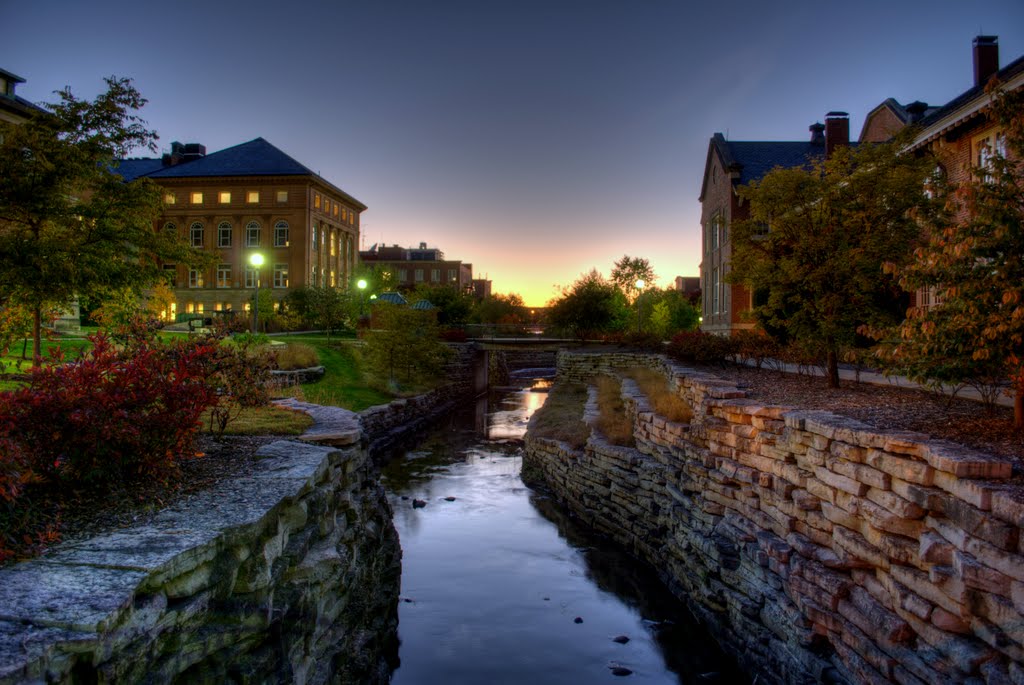
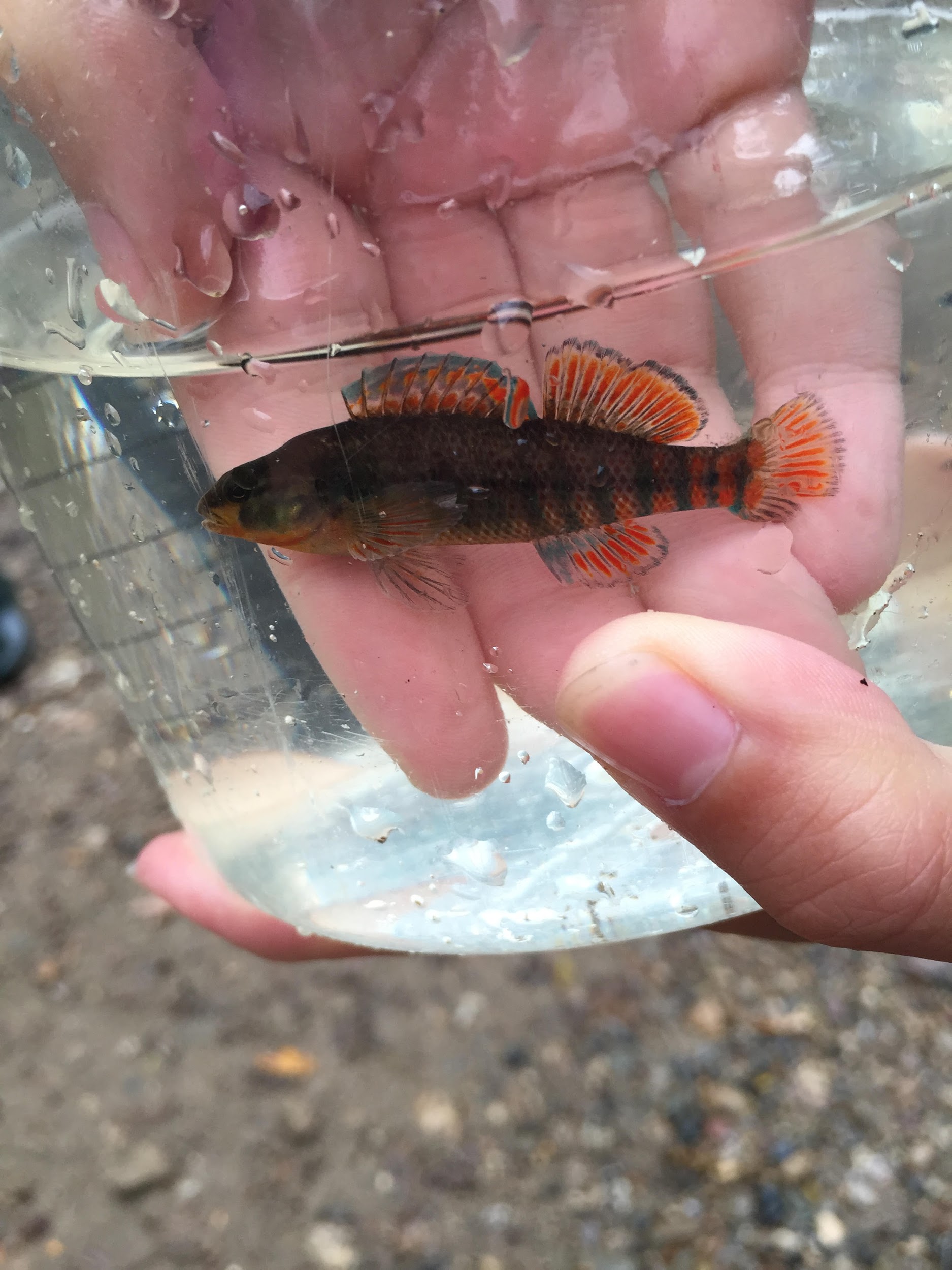
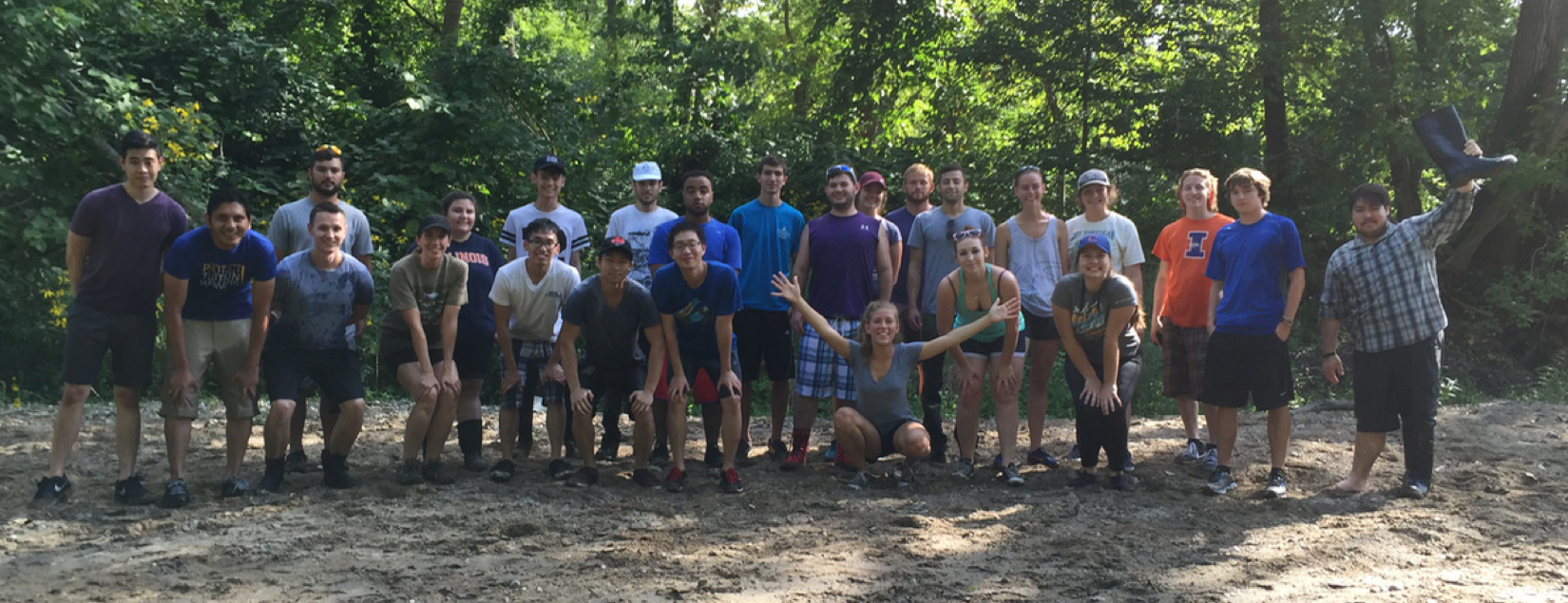
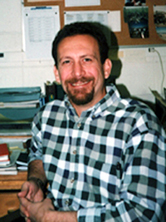
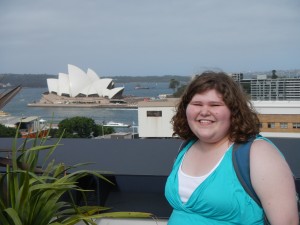
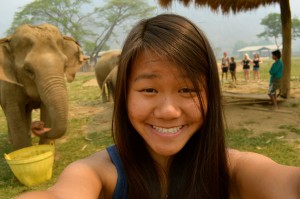
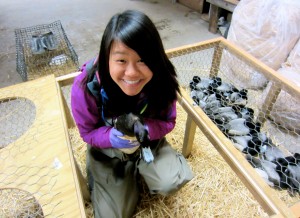 I started taking field courses in the States (IB 447 and NRES 285)
I started taking field courses in the States (IB 447 and NRES 285)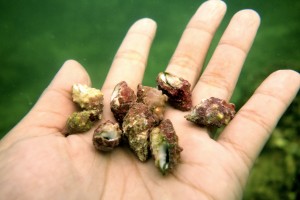 My study organism is Drupella cornus, a corallivorous marine gastropod. I am interested in seeing whether the gastropod chooses to feed upon a coral colony over another and whether the removal of the gastropod will have an effect in coral cover.
My study organism is Drupella cornus, a corallivorous marine gastropod. I am interested in seeing whether the gastropod chooses to feed upon a coral colony over another and whether the removal of the gastropod will have an effect in coral cover.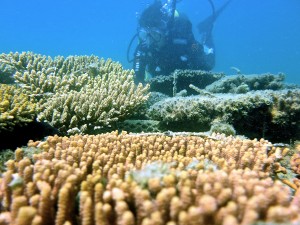 I was set back a few weeks because of a storm and gale warnings. Soon it was Christmas and everyone was gone for the holidays. Finally, after two months since my arrival and with the help from the lab aids, I was able to set up my experiment. Since then my experiment has been running smoothly.
I was set back a few weeks because of a storm and gale warnings. Soon it was Christmas and everyone was gone for the holidays. Finally, after two months since my arrival and with the help from the lab aids, I was able to set up my experiment. Since then my experiment has been running smoothly.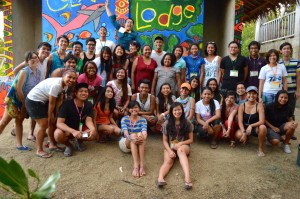 SEA Camp’s goal is to empower young seatizens as leaders in conservation. There were 30 participants, ages 18-23, from a diverse background ranging from university students to government workers. I was invited to give a talk on coral restoration and was a mentor to the participants with their project proposals on marine conservation. The camp was very well organized with resource speakers, workshops and other activities. I enjoyed seeing how excited the participants became when they had the opportunity to snorkel and scuba dive. It was amazing to see how motivated everyone was in saving the Philippines Seas.
SEA Camp’s goal is to empower young seatizens as leaders in conservation. There were 30 participants, ages 18-23, from a diverse background ranging from university students to government workers. I was invited to give a talk on coral restoration and was a mentor to the participants with their project proposals on marine conservation. The camp was very well organized with resource speakers, workshops and other activities. I enjoyed seeing how excited the participants became when they had the opportunity to snorkel and scuba dive. It was amazing to see how motivated everyone was in saving the Philippines Seas.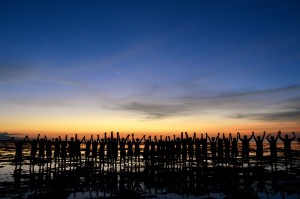 I have been abroad for six months and only have three months left of my grant. I am extremely happy with my stay in the Philippines and am excited to see where I will be next. If you would like to contact me, feel free to send an email to
I have been abroad for six months and only have three months left of my grant. I am extremely happy with my stay in the Philippines and am excited to see where I will be next. If you would like to contact me, feel free to send an email to 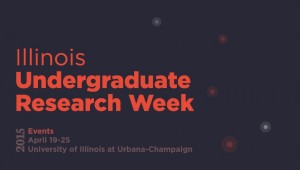
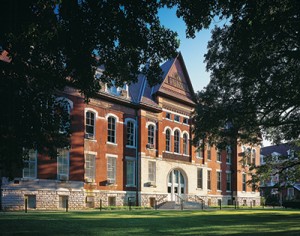

 My name is Sally Feng. I graduated with a B.S. in Integrative Biology in May 2014. I am currently doing work on coral restoration in the Philippines under a Fulbright research grant. If you are interested in applying for a Fulbright, here is my experience.
My name is Sally Feng. I graduated with a B.S. in Integrative Biology in May 2014. I am currently doing work on coral restoration in the Philippines under a Fulbright research grant. If you are interested in applying for a Fulbright, here is my experience.